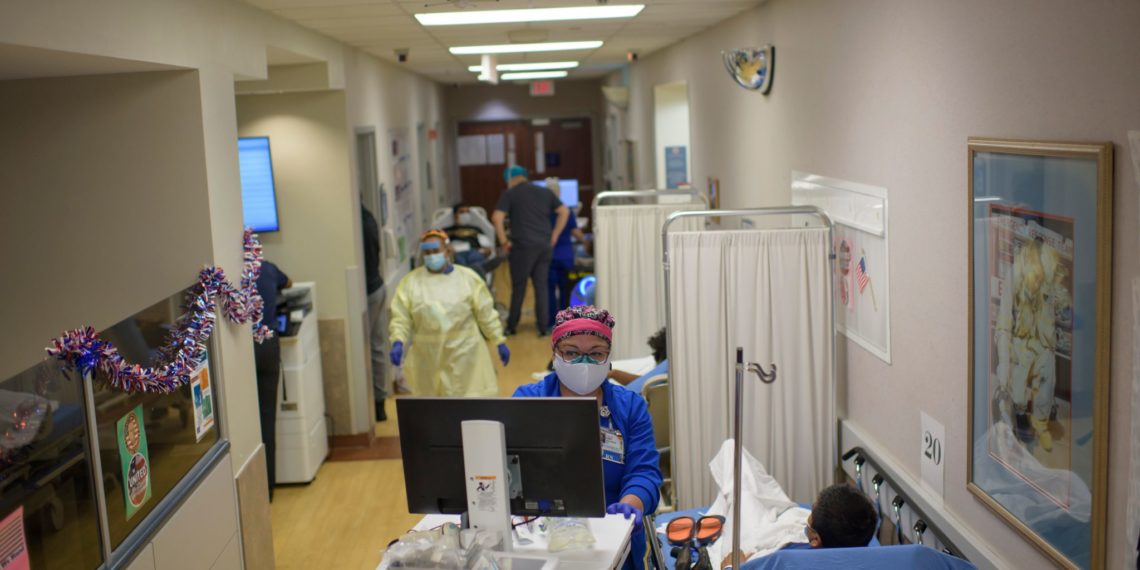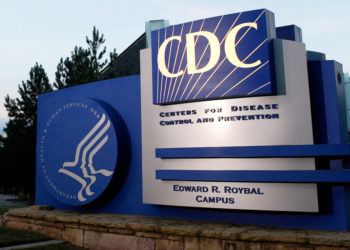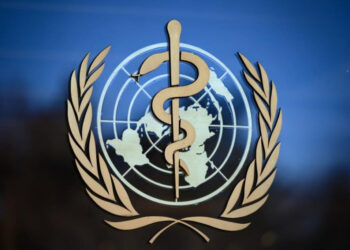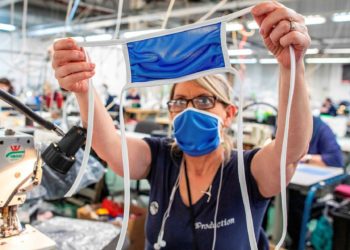Hurricane Laura — one of the most powerful storms to ever hit the United States — has made landfall on Louisiana and Texas coasts and battered some of the areas hardest-hit with COVID-19.
According to the National Hurricane Center, the tropical cyclone is showing “catastrophic storm surge, hurricane force winds, and flash flooding” and has risen to a Category Four storm overnight.
Emergency officials and response teams have had extensive involvement with natural disasters in recent years, yet never before during a pandemic.
“Remember: Just because a hurricane is coming to Texas, does not mean COVID-19 either has or is going to leave Texas,” the state’s governor Greg Abbott said at a news briefing Tuesday. “COVID-19 is going to be in Texas throughout the course of the hurricane.”
“It’s crazy,” said Darrell Pile, CEO of the Southeast Texas Regional Advisory Council and emergency medical response coordinator. “You do get to a point where you’re like, ‘What else do you want to put on us?’ You just have to do your best.”
As of now, more than 28 percent of ICU beds in the Texas area are filled by patients with COVID-19.
“Our hospitals are prepared for an increase in COVID cases, and the patients transported due to Laura will be taken to hospitals with capacity,” Pile added.
Starting Monday, The Medical Center of Southeast Texas began transferring all COVID-19 intensive care patients to Houston, out of Laura’s path.
“Of course, from a disaster standpoint, we are pretty experienced at this point, so there are lots of preparations in place to handle Laura,” assured Pile. However, “social distancing will be much more difficult for people who are evacuating,” he admitted, causing concern for an impending surge in COVID-19 cases.
Natural Disasters
Many natural disasters have ravaged the world during the pandemic. California wildfires and monsoon season in South Asia have resulted in vast destruction, forcing many people to relocate.
To that, Hurricane Laura’s impact is no exception.
























